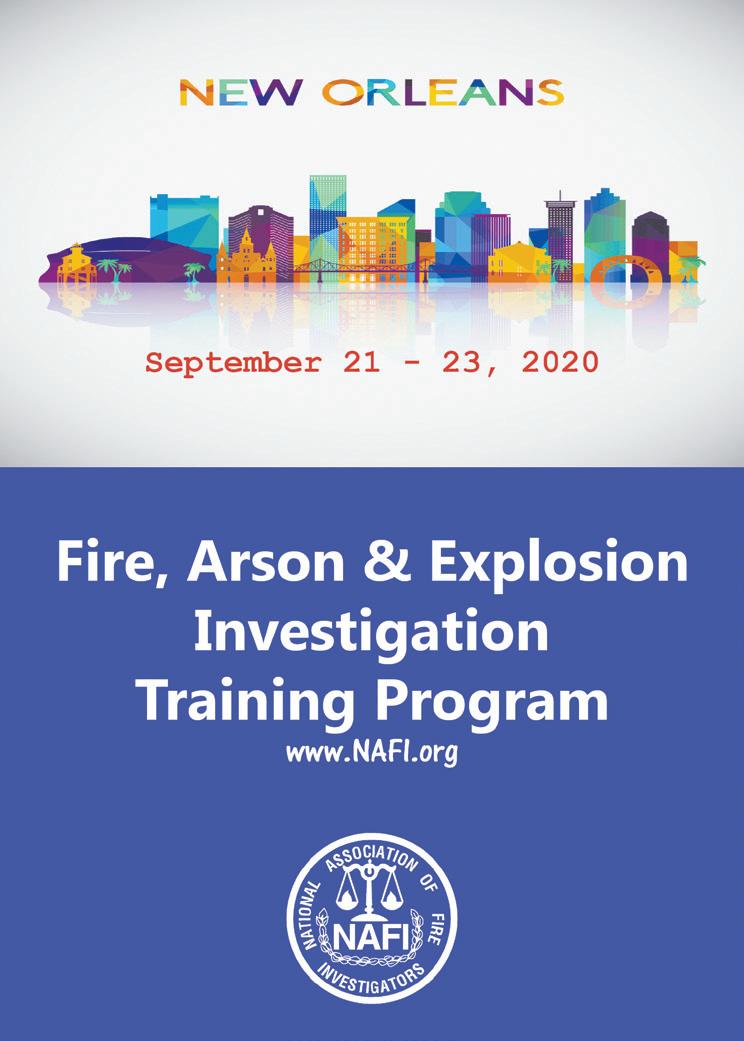Active Shooter
Tactical Medicine for the Hostile Incident Response
Advanced Cardiac Life Support, Pediatric Life Support, pharmacology, Ryan Scellick advanced airway training, the list of courses goes on and on that our Paramedic and EMT students are getting. It seems as though every year we add more to EMS curriculums.While we may feel the burden of some bureaucratic additions, the majority are truly response centric.We continue to better prepare our students for the ever changing and evolving practice of medicine.With all the things we have added to these curriculums, I am surprised to see that tactical medicine, is usually not on the course curriculum.This prompts the question of our responder readiness.Are our students or our senior responders adequately prepared to provide the care necessary in an active shooter or hostile type incident? I will venture to say, we
4 Summer • 2020
are typically not. In this article we will discuss the many differences between typical street EMS versus EMS at an active shooter or hostile type of incident. It’s two in the morning and you get the tones for a gun shot victim in your first due response area.You arrive to find a single victim with multiple gunshot wounds (GSW) laying in the street surrounded by a large group of Police Officers urging you to move faster.You scoop and run, strip them, flip them, plug holes and start IV’s.This is bread and butter EMS, but does your proficiency and knowledge in street trauma transfer to the hostile environment? Unfortunately, not as well as some responders and administrators may like to think.The good news is that tactical EMS skills build on good base-hospital skill-sets. However, the first step forward is knowing what we don’t know, and looking for who has the answers. More good news, we don’t have to look any farther than our brothers and sisters in the Military to find exactly
what civilian EMS has been without for far too long — battle tested trauma care guidelines. Let’s take a step back about three decades and discuss where these excellent tactical care guidelines came from. In the mid 1990s the majority of military treatment guidelines and training was derived from civilian EMS. Even the elite of our military providers were getting trained with civilian EMS models. It was at this point that Navy Seal Dr. Frank Butler identified what was working in civilian EMS, was not working in the theatre of combat. Dr. Butler set forth to identify what were preventable battlefield deaths, and what were the treatment modalities that would prevent these deaths.What Dr. Butler found was that there were three major areas of preventable death; exsanguinating hemorrhage, loss of patent airway and loss of ventilation. Dr. Butler termed his new program Tactical Combat Casualty Care. In the last decade NAEMT has adopted this curriculum and also created sister curriculums called Tactical Emergency Medical Care (civilian program), and the Law Enforcement First Responder Tactical Casualty Care Course.Through the evolution of this program, the acronym MARCH has been developed.We are going to break down each letter and discuss how to address these injuries in the tactical environment. Keeping in mind that this is written snapshot of an in-depth 16 hour or longer course. The first thing that must be highlighted, is that having two to four responders huddled around one GSW patient, is completely different than two providers treating 10 or 20 plus victims. To be prepared to adapt to the scope of
www.carolinafirejournal.com
tactical care, we need the right training and the right equipment. Depending on your response program guidelines, how you triage, treat and move, may be different. I whole heartedly believe that the first in Rescue Task Force should be treating and moving, trying to stop the bleeding and keep as many patients breathing, as fast as tactically possible. Once this is under way, other individuals can perform extraction and re-assessment of treatments.
Massive Bleeding The first priority of the MARCH algorithm is M-Massive Bleeding.We know that arterial hemorrhagic bleeding can be fatal in three to five minutes.We address massive bleeding through two treatment modalities, tourniquets and wound packing.Tourniquets (TQs) have thankfully become vogue again after the military proved their necessity and safety in Operations Iraqi Freedom and Enduring Freedom.Tourniquets should be applied above any massive limb bleeding above the joint on the single bone appendage, IE Humoral and Femoral bone placement. Placing the TQ below the joint makes gaining successful tamponade over two bones far less efficient. Safety is of minimal concern in pre-hospital EMS now that tourniquets have been utilized for up to 16 hours, with no long-term damage (Kragh, Journal of Trauma. 2008). If massive bleeding is not amendable to TQ use, it is likely from a junctional injury.A junctional injury is an injury of the pelvis, shoulder, or neck. Junctional injuries are defined as those not amenable to a Tourniquet, this could also be a very high thigh or see HOSTILE INCIDENT page 5
Carolina Fire Rescue EMS Journal























